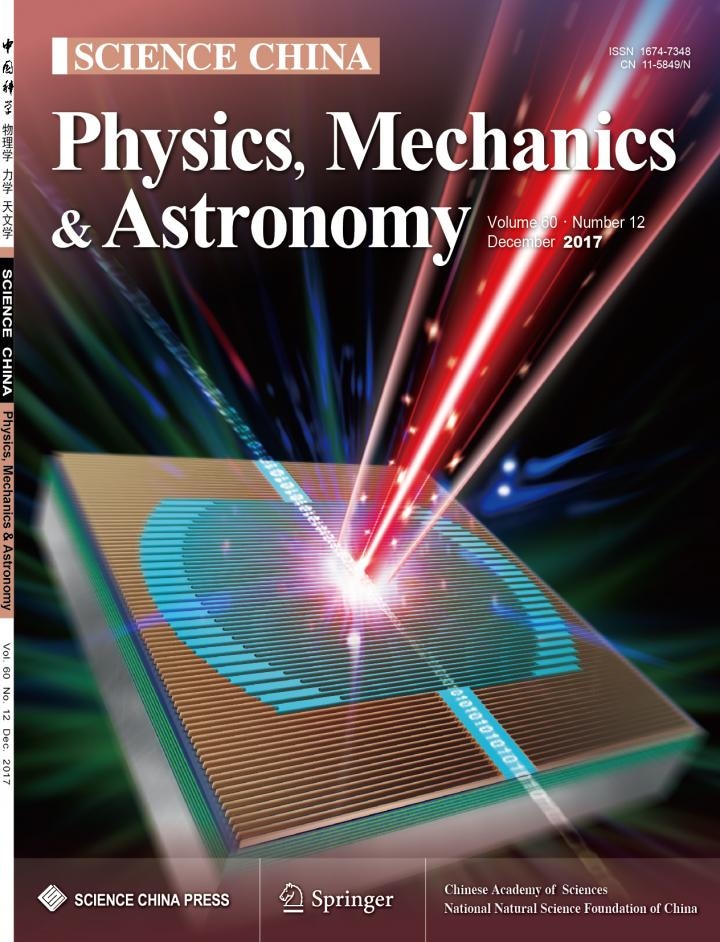Nov 10 2017
Superconducting nanowire single-photon detectors (SNSPDs) pave the way for considerable enhancement of detection efficiency (DE) when compared with other semiconducting detectors, thereby allowing various advanced applications in quantum information technologies.
Researchers led by Professor Lixing You from Shanghai Institute of Microsystem and Information Technology (SIMIT), Chinese Academy of Sciences (CAS), who is also affiliated with CAS Center for Excellence in Superconducting Electronics (CENSE), were the first to exhibit the development and functioning of a NbN-SNSPD that had a system DE of more than 90% at 2.1 K at a wavelength of 1550 nm, thus opening the door for prospective usage of SNSPD.
 Schematics of fiber-coupled superconducting nanowire single photon detector. CREDIT: Science China Press.
Schematics of fiber-coupled superconducting nanowire single photon detector. CREDIT: Science China Press.
The outcomes of the study were recently reported in SCIENCE CHINA Physics, Mechanics & Astronomy journal as a cover image news. The first author of the study is Dr Weijun Zhang, and its corresponding author is Dr Lixing You.
At a wavelength of 1550 nm, the most significant wavelength for various applications, the ultra-modern SNSPD developed using WSi superconductor has achieved a record DE of 93%, in contrast to InGaAs detector with a DE of only about 30%. However, WSi-SNSPD normally functions at sub-Kelvin temperatures, requiring the use of high-cost refrigeration equipment that is not very user friendly.
Considerable attempts have been made to develop SNSPD based on NbN, with the ability to function at a temperature more than 2K, and which can be used along with low-cost and user-friendly compact cryocoolers. After studies for more than 10 years, the DE of NbN-SNSPD was slowly improved to nearly 80%. Yet, further advancements have not been made. Accomplishing DE of more than 90% necessitates the simultaneous fine-tuning of various disparate factors such as near perfect absorption, near perfect optical coupling and near unity intrinsic quantum efficiency. Earlier efforts at achieving this have largely been performed by a trial and error method.
This study is the first one to report a NbN-SNSPD system functioning with a G-M cryocooler and yet achieving a system DE of more than 90% at dark count rate of 10 Hz, at a temperature of 2.1 K, and at a wavelength of 1550 nm. The device’s efficiency gets saturated at 92% upon decreasing the temperature to 1.8 K.
The device’s success is the outcome of adopting an integrated Distributed Bragg Reflector (DBR) cavity that enables near-unity reflection at the interface, as well as by the systematic fine-tuning of the meandered geometry of the NbN nanowire. The collaborative attempts allow scientists to simultaneously accomplish the strict demands for absorption, coupling and intrinsic quantum efficiency.
What is more, the device has achieved timing jitters down to 79 ps, nearly half that of WSi-SNSPD developed earlier, thereby assuring further benefits in applications that mandate high timing accuracy. The devices have been used in the quantum information frontier experiments performed at the University of Science and Technology of China.
With its near-unity DE achieved using less expensive and user-friendly compact cryocooler, SNSPD will prove to be an easily accessible and powerful tool that can be used by researchers to achieve further advancement in quantum information fields such as quantum key distribution, optical quantum computation/simulation and so on in a predictable near future. With this ideal and expanding market in mind, Dr You and his colleagues also founded a start-up, the Shanghai Photon Technology CO LTD, to commercialize the technology.
The SNSPD with avant-garde performance from SIMIT have offered significant support to quantum communication in China. By partnering with JW Pan’s team, many world records in fiber quantum key distribution have been achieved, such as the prevalent record for the longest distance of 404 km. Dr You is convinced that the DE of NbN SNSPD can be further enhanced. In the new National Key R&D Program of China kicked off in July 2017 directed by Dr. You, the new target of the detection efficiency is 93%-95%.